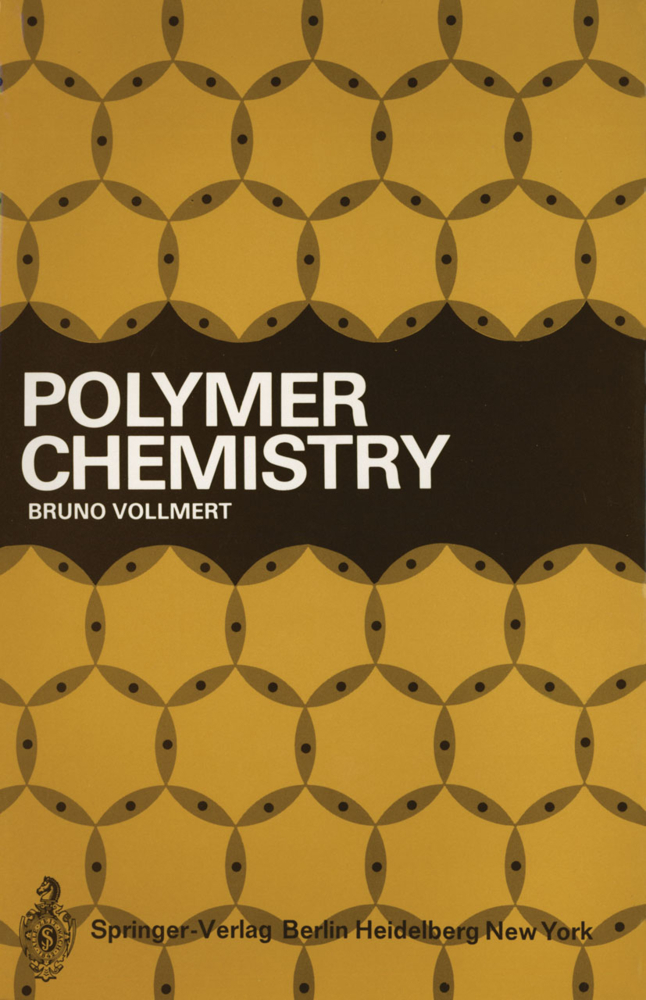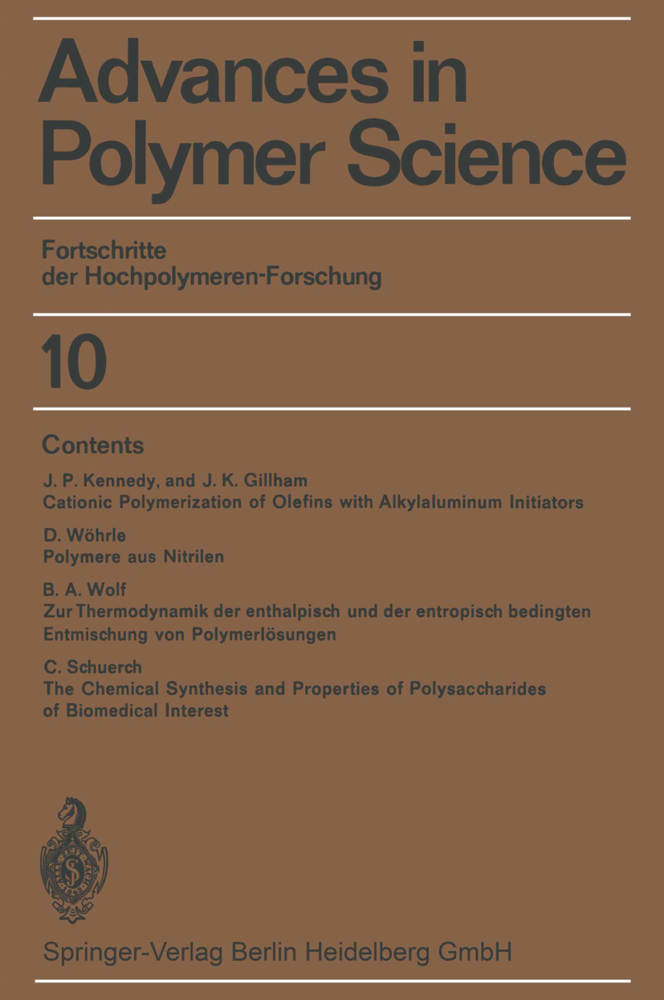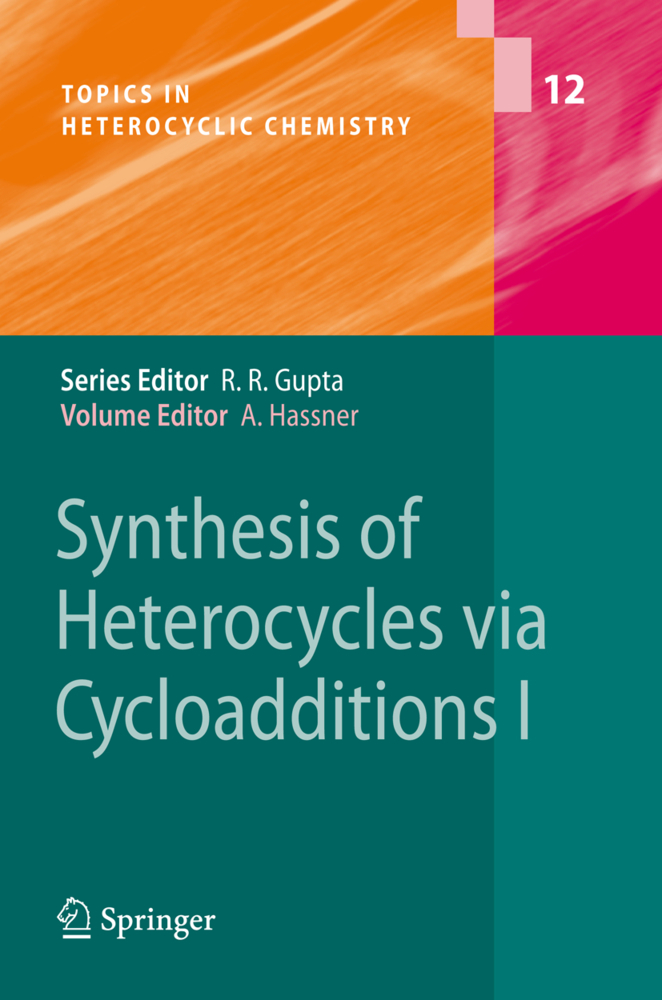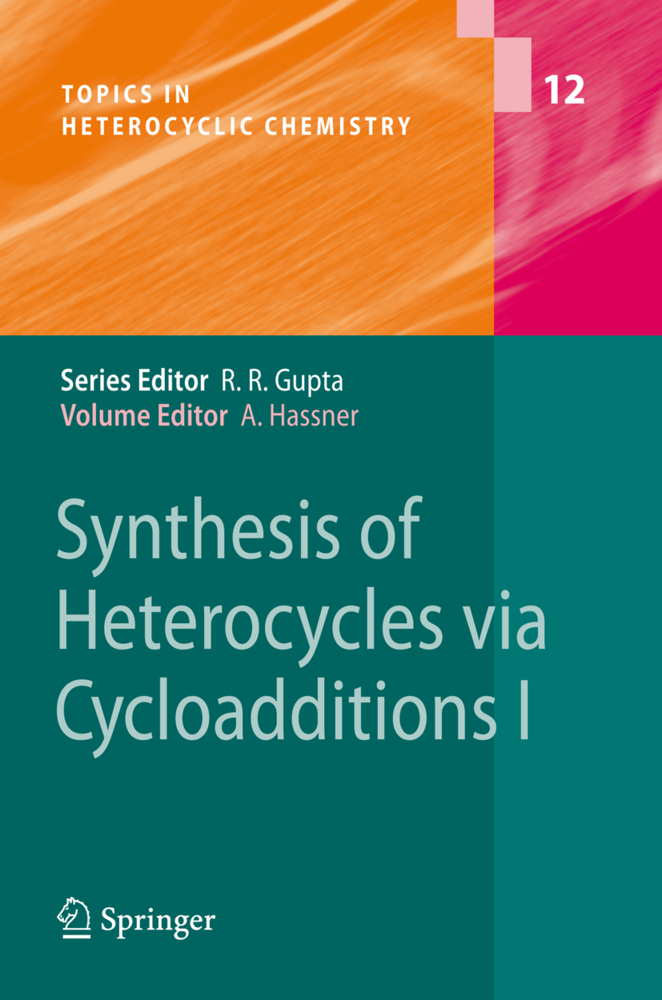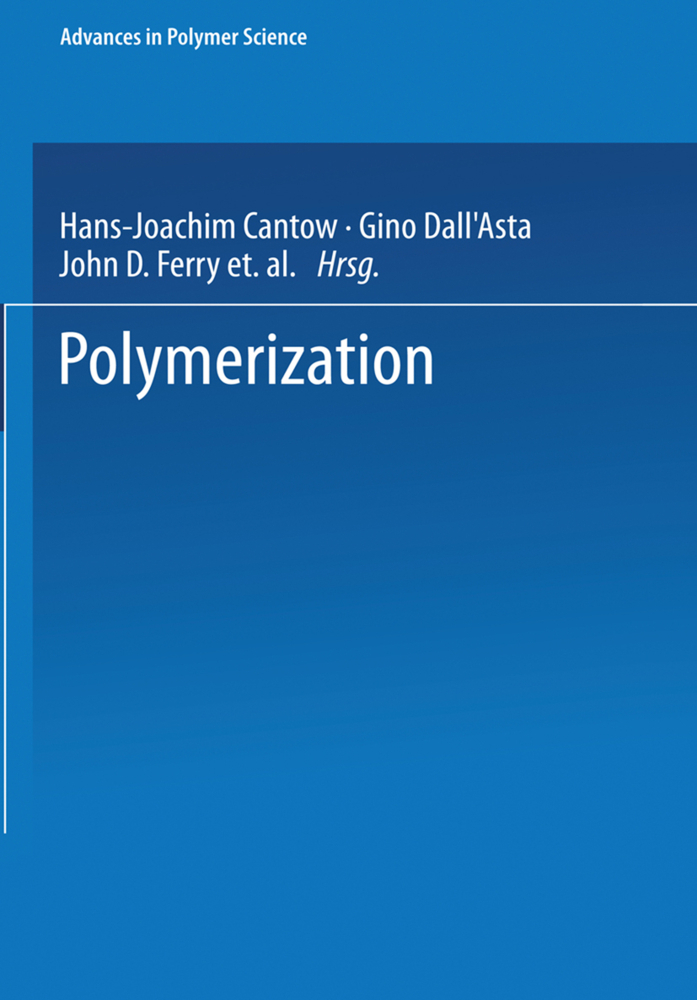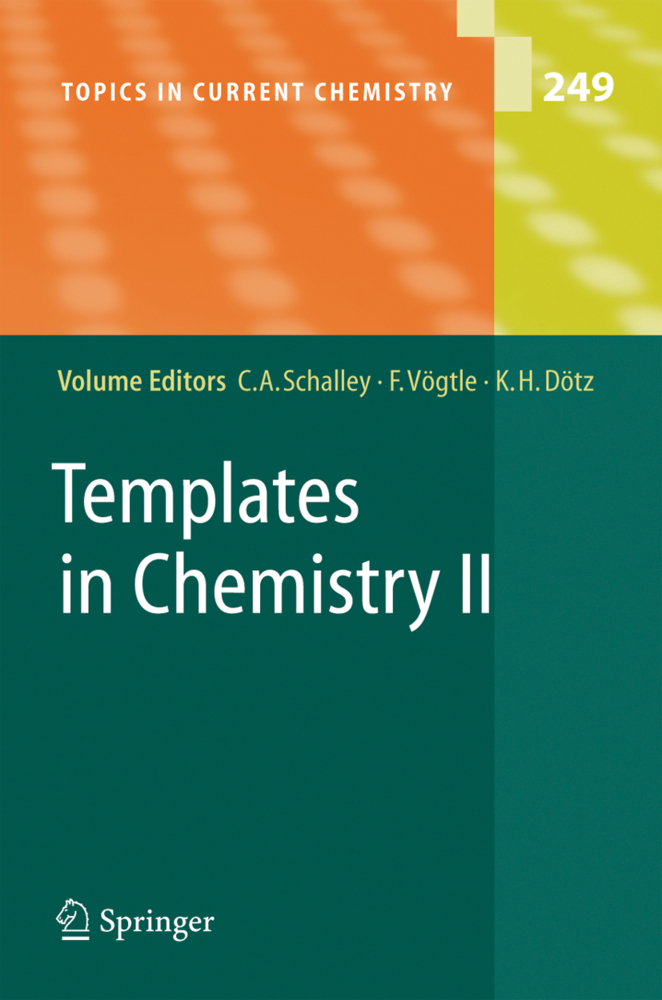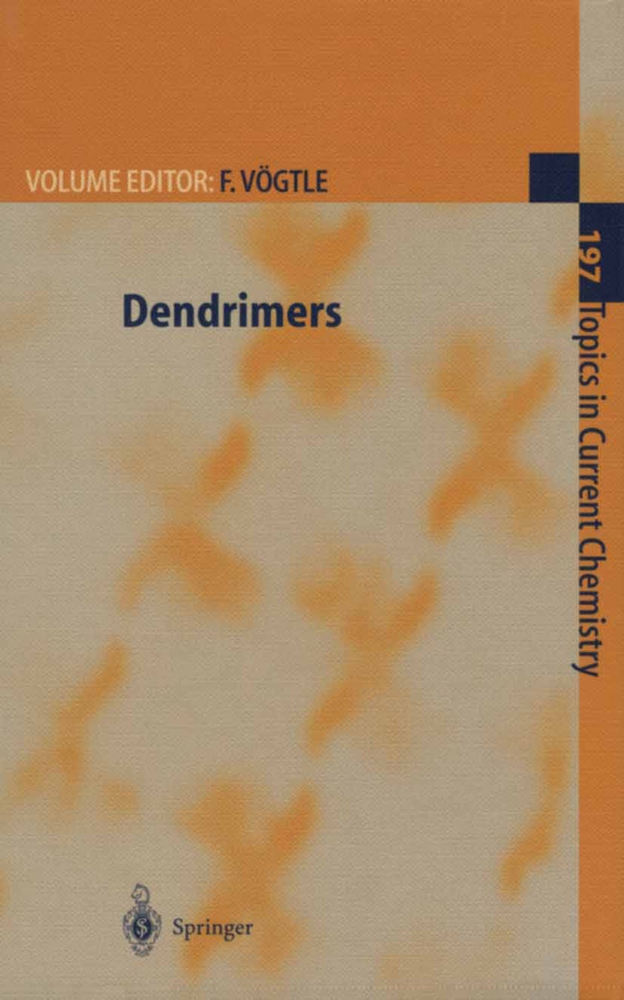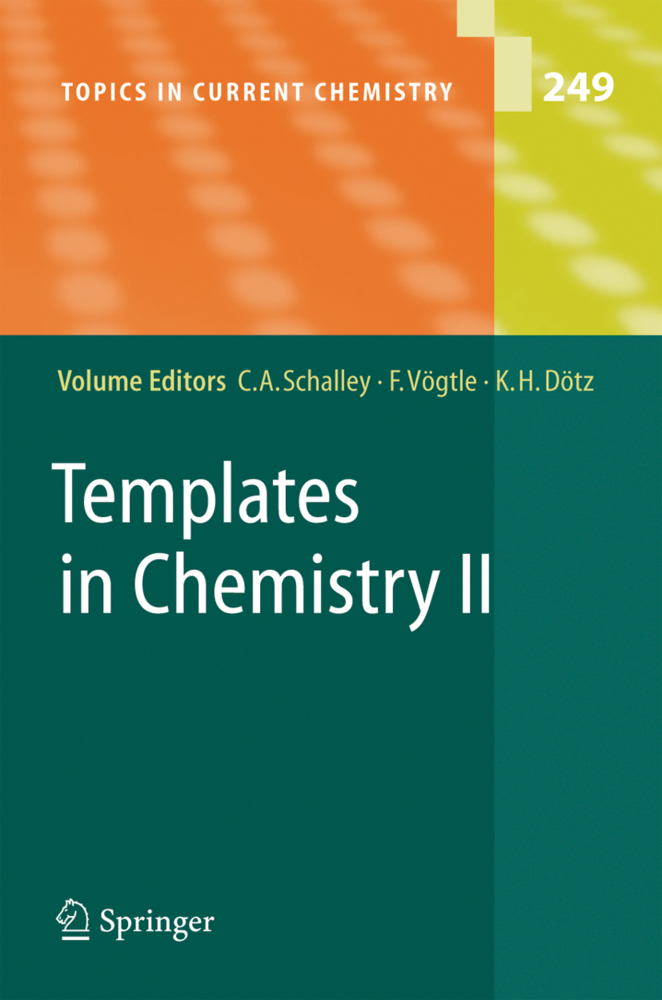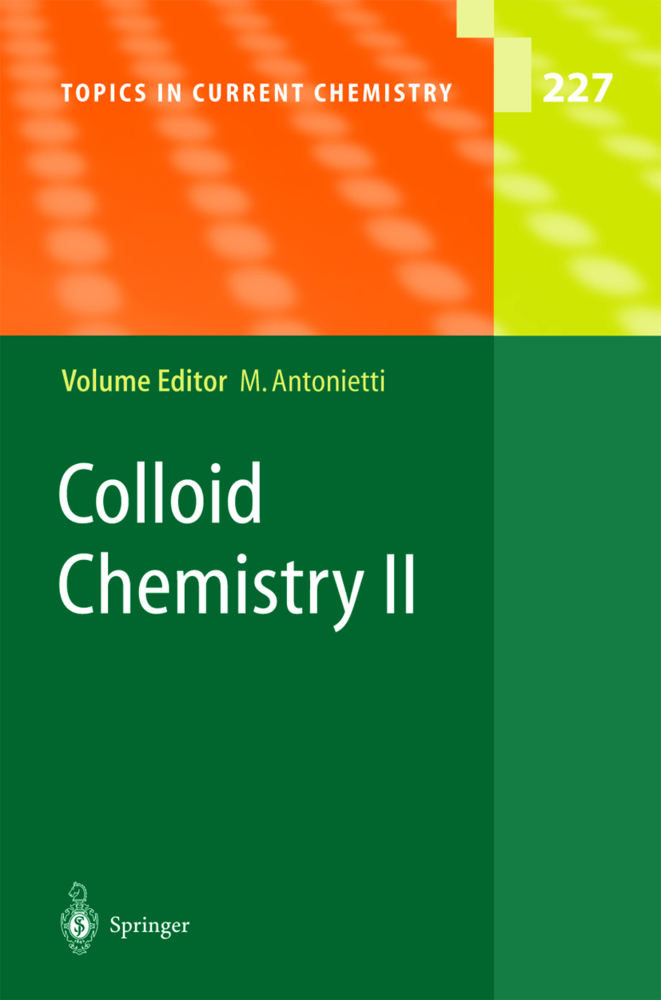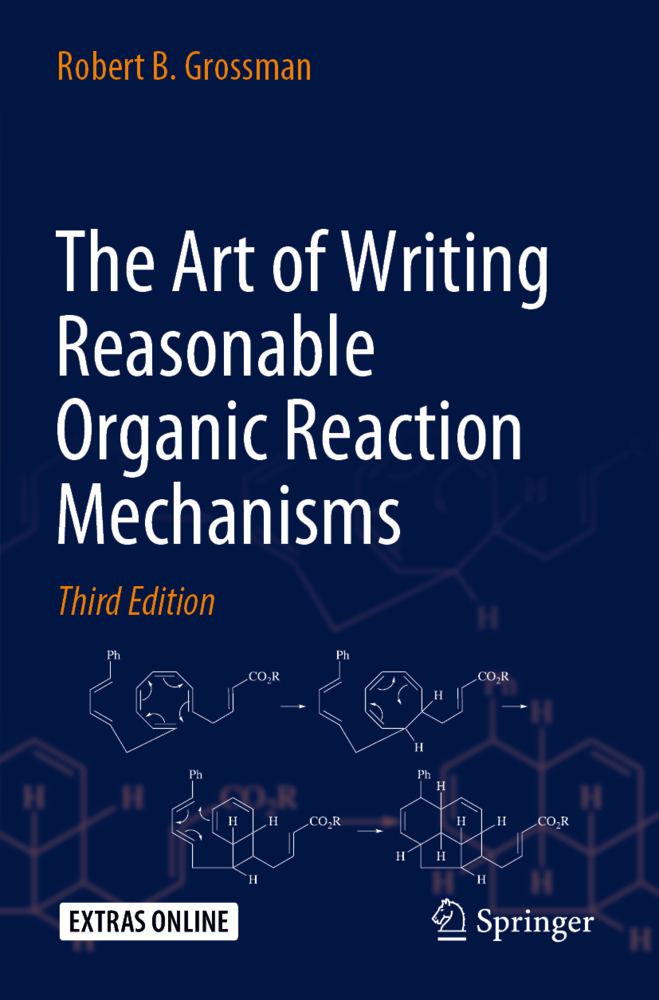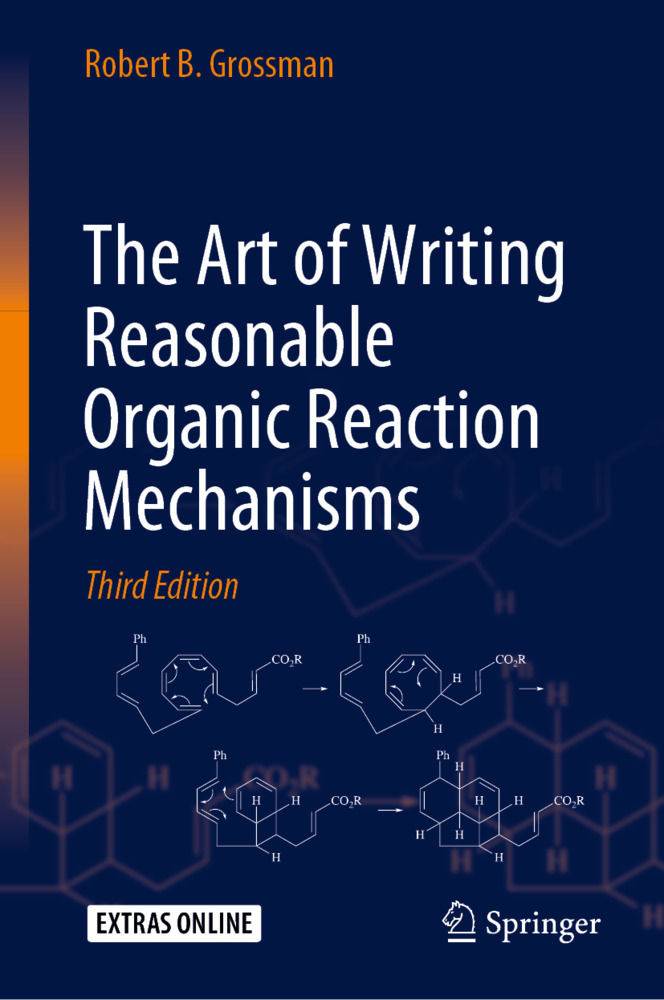Polymer Chemistry
Polymer Chemistry
There is, at present, no scarcity of polymer textbooks in the English language. Some of them attempt to cover the entire field, others focus their attention on certain parts of it, e.g., organic chemistry, physical chemistry, solid state physics, etc. This situation must necessarily raise the question, "Why publish another book?" and, even more, "Why translate a book which exists already in German?" and is to a lesser or greater extent legible and comprehensible to many English speaking scientists. It appears that a justification can be found in the special character of its content and presentation. As far as content is concerned, Vollmert's book is more encompassing than most existing treatises and, in this sense, almost represents a hybrid between a "textbook" and a "handbook." Numerous figures and tables convey directly a wealth of data. On the other hand, the text is designed to be educational and, in many instances, goes a long way to explain why certain properties are observed and why certain processes take place. These excursions into the intellectual clarification of somewhat complicated phenomena are a refreshing and unusual interruption of the main stream which presents synthesis, characteriza tion and properties of polymeric systems in the classical way.
3 Molecular weight and polymolecularity
4 Classification according to molecular size
5 Inorganic and organic polymers
6 Natural and synthetic macromolecules
1 Structural Principles
11 Chain structure, degree of polymerization
12 Copolymers
13 Branched and cross-linked polymers
14 Primary, secondary, and tertiary structures
2 Synthesis and Reactions of Macromolecular Compounds
21 Synthesis of macromolecules with C-C chains through polymerization of olefinic unsaturated compounds
22 Synthesis of macromolecules with heteroatoms in the chain
23 Enzymatic synthesis
24 The stepwise synthesis of proteins
25 Graft-copolymers and block-copolymers
26 Purification of polymers
27 Chemical transformation of polymers
3 The Properties of the Individual Macromolecule
31 Molecular weight
32 The form of the macromolecule (molecular shape)
4 States of Macromolecular Aggregation
41 Intermodular forces and aggregation (association)
42 The macromolecular solution
43 The gel state
44 The rubber-elastic state (viscoelasticity)
45 The solid state.
1 General characterization
2 The macromolecular concept3 Molecular weight and polymolecularity
4 Classification according to molecular size
5 Inorganic and organic polymers
6 Natural and synthetic macromolecules
1 Structural Principles
11 Chain structure, degree of polymerization
12 Copolymers
13 Branched and cross-linked polymers
14 Primary, secondary, and tertiary structures
2 Synthesis and Reactions of Macromolecular Compounds
21 Synthesis of macromolecules with C-C chains through polymerization of olefinic unsaturated compounds
22 Synthesis of macromolecules with heteroatoms in the chain
23 Enzymatic synthesis
24 The stepwise synthesis of proteins
25 Graft-copolymers and block-copolymers
26 Purification of polymers
27 Chemical transformation of polymers
3 The Properties of the Individual Macromolecule
31 Molecular weight
32 The form of the macromolecule (molecular shape)
4 States of Macromolecular Aggregation
41 Intermodular forces and aggregation (association)
42 The macromolecular solution
43 The gel state
44 The rubber-elastic state (viscoelasticity)
45 The solid state.
Vollmert, Bruno
Immergut, Edmund H.
| ISBN | 978-3-642-65295-0 |
|---|---|
| Medientyp | Buch |
| Copyrightjahr | 2011 |
| Verlag | Springer, Berlin |
| Umfang | XVII, 652 Seiten |
| Sprache | Englisch |

